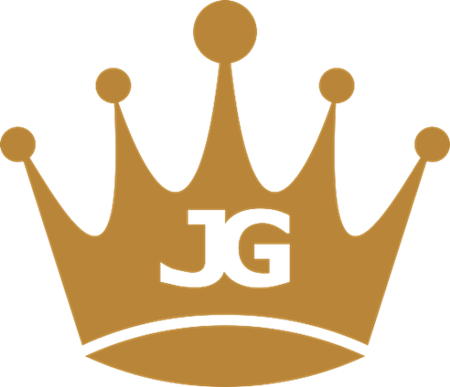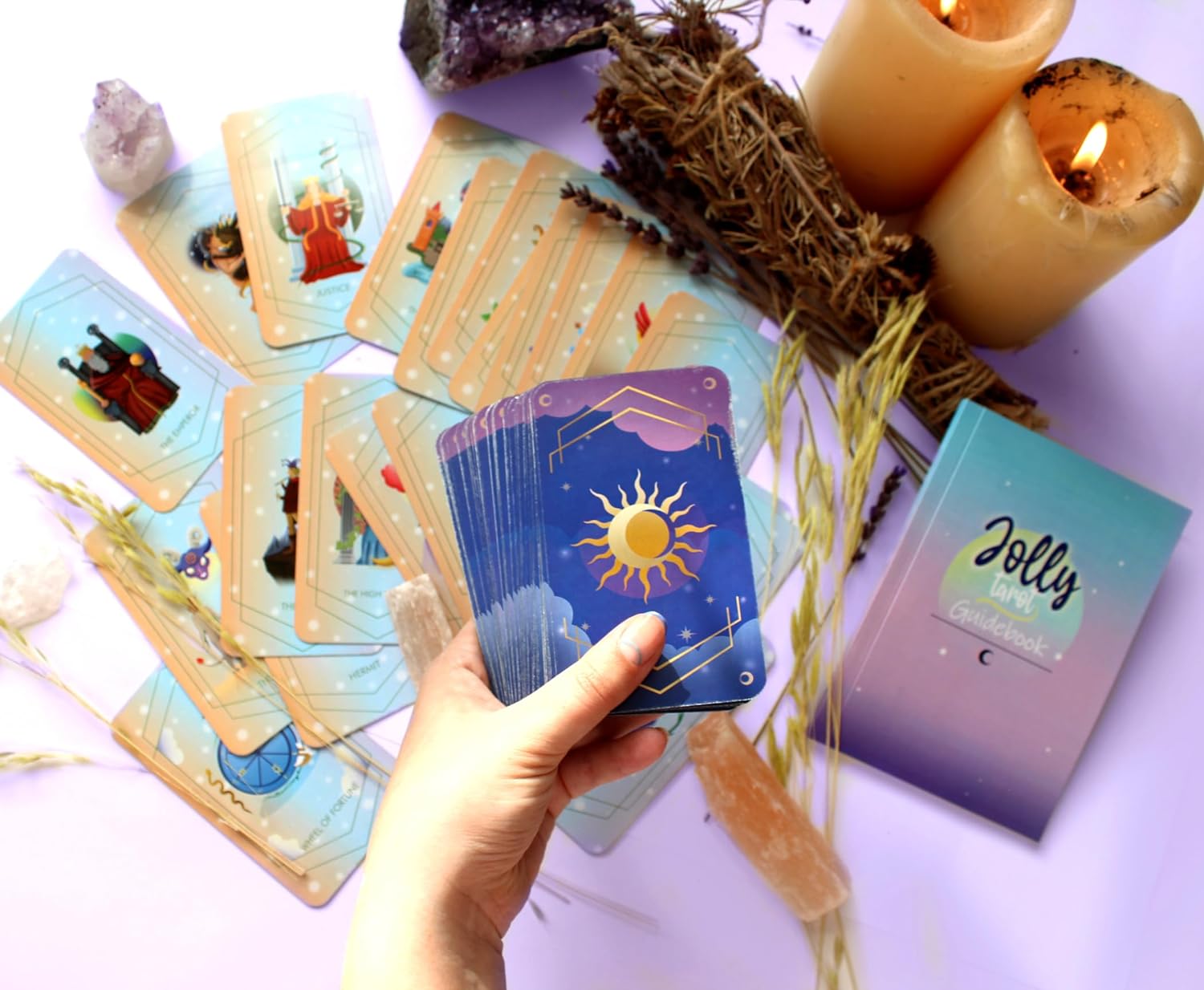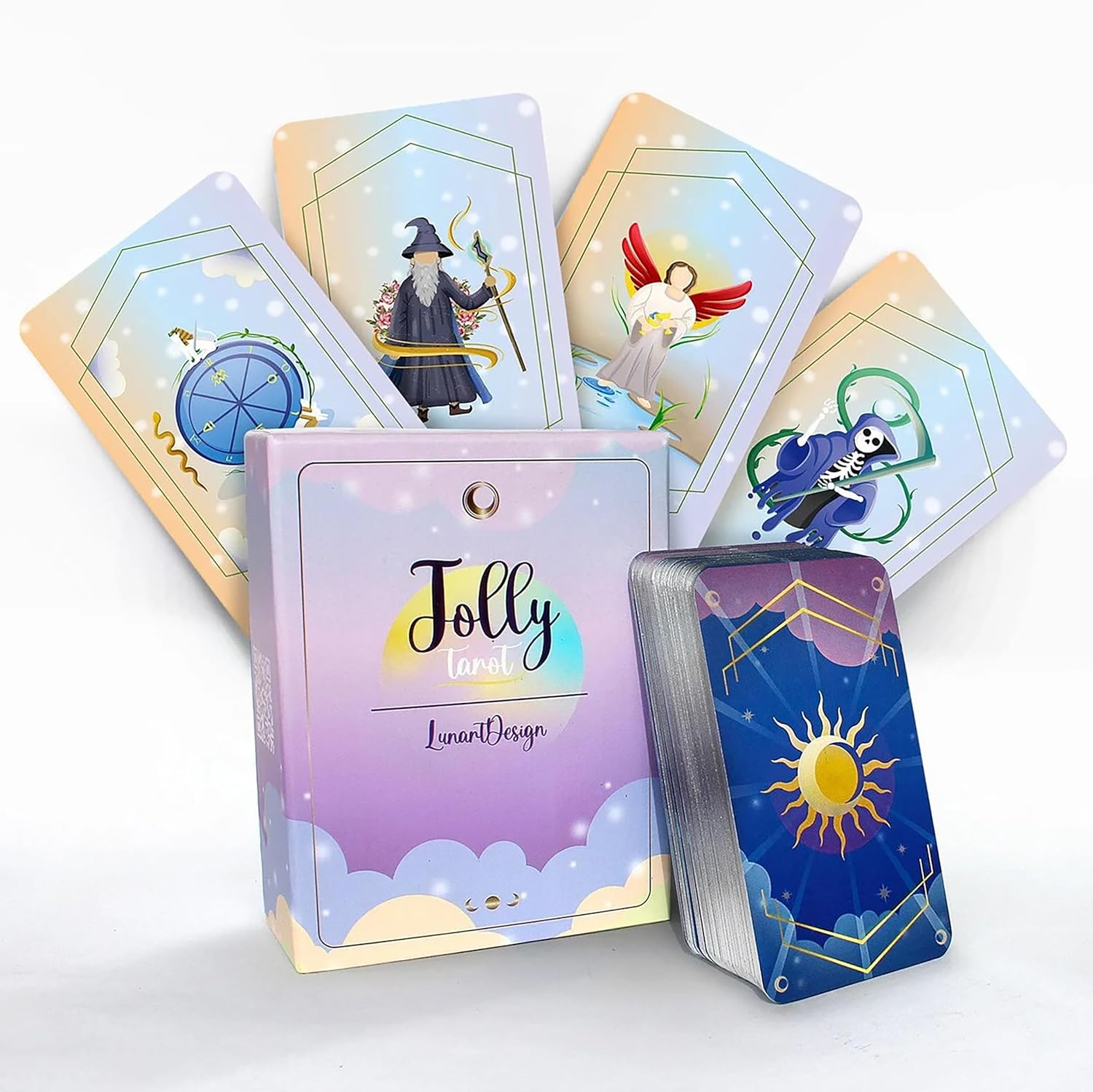How many cards are in a tarot deck?
A traditional tarot deck consists of 78 cards, which are divided into two main groups: the Major Arcana and the Minor Arcana. The Major Arcana contains 22 cards, each representing significant life events, archetypes, or profound themes such as The Fool, The Magician, The High Priestess, and The World. These cards often symbolise major life lessons and spiritual influences.
The Minor Arcana, on the other hand, includes 56 cards divided into four suits: Wands, Cups, Swords, and Pentacles. Each suit has 14 cards, comprising 10 numbered cards (Ace through Ten) and four court cards (Page, Knight, Queen, and King). The Minor Arcana cards typically reflect more everyday experiences and situations. Together, these 78 cards form a complete tarot deck, used for divination, self-reflection, and guidance.
How do you read tarot cards for divination?
To read tarot cards for divination, begin by creating a calm and focused environment, perhaps with candles or incense. Shuffle the deck while concentrating on your question or intention, then cut the deck into three piles and restack them. Choose a spread, such as the simple three-card spread for past, present, and future, or the more complex Celtic Cross for deeper insights. Draw the cards one by one, placing them in their designated positions, and pay attention to whether they are upright or reversed.
Interpret the cards by considering their traditional meanings: the Major Arcana for significant life events, and the Minor Arcana for more specific aspects of life, divided into Wands for creativity, Cups for emotions, Swords for challenges, and Pentacles for material matters. Look for patterns and connections between the cards, and trust your intuition to guide you. Reflect on the insights gained, and remember that tarot is a tool for guidance and self-awareness, not a definitive prediction of the future.
How do I interpret reversed cards in tarot?
Interpreting reversed cards in tarot involves understanding them as potential blockages, challenges, or invitations to explore the opposite of their upright meanings. For instance, a reversed card like The Empress might suggest a lack of creativity or fulfilment, while The Emperor reversed could indicate feeling overwhelmed or lacking structure.
Reversed cards often highlight areas where growth or change is needed, such as The High Priestess reversed, pointing to ignored intuition, or The Lovers reversed, indicating relationship conflicts or indecision. Pay attention to how these reversed cards interact with the surrounding cards in the spread, and trust your intuition to guide you. Remember, reversed cards are not always negative; they can also signal opportunities for deeper self-awareness and transformation.
How do you interpret the reversed High Priestess card?
The reversed High Priestess in a tarot reading often indicates that your intuition and inner wisdom are being ignored or suppressed. Instead of trusting your gut feelings, you might be relying too much on external advice or logic, which can lead to confusion and missed opportunities. This card can also suggest that important information is being withheld or obscured, either by yourself or others, causing a sense of being in the dark.
It may point to a resistance to personal growth or spiritual development, as well as a tendency to let external influences overshadow your inner voice. In relationships, it can signal hidden secrets or a lack of emotional connection, while in career matters, it might indicate that you are ignoring your instincts about a job or career path. Overall, the reversed High Priestess is a call to reconnect with your intuition, be honest with yourself, and seek clarity in areas where you feel uncertain.
Can tarot cards predict the future?
Tarot cards are often seen as a tool for gaining insight and guidance rather than a definitive predictor of the future. While they can highlight potential outcomes and trends based on current energies and choices, the future remains fluid and subject to change. Tarot readings emphasize personal empowerment, encouraging individuals to make informed decisions and take control of their paths.
The true value of tarot lies in its ability to provide clarity, reflect on personal growth, and tap into intuitive wisdom. Ultimately, the future is shaped by our actions and free will, and tarot serves as a guide to help navigate life's complexities.
Tarot readings can help with decision-making, right?
Tarot readings can indeed be a powerful aid in decision-making by offering clarity, exploring multiple perspectives, and tapping into your intuition. They help reveal underlying emotions and hidden influences, allowing you to see the bigger picture and weigh different options more effectively. By interpreting the cards, you can gain insights that go beyond logical analysis, aligning your choices with your values and goals. Tarot encourages self-reflection and provides gentle guidance, helping you feel more confident in your decisions. While the final choice remains yours, tarot serves as a valuable tool to support and inform your path.



